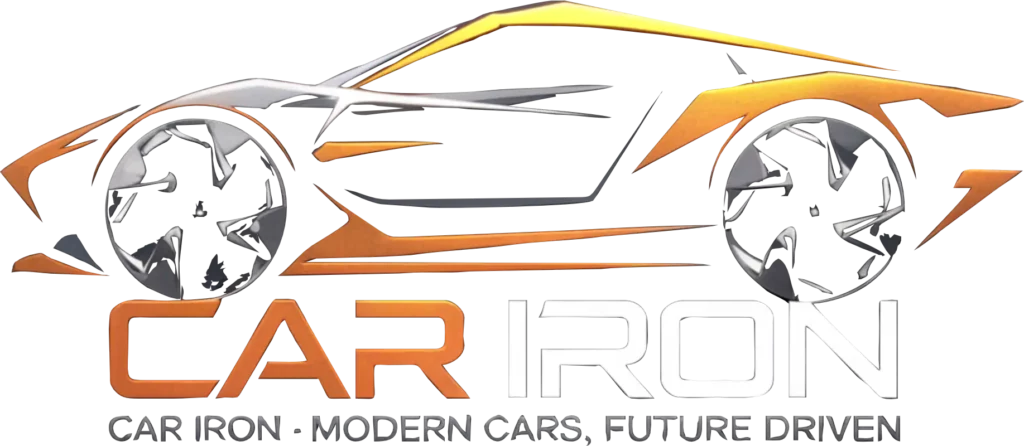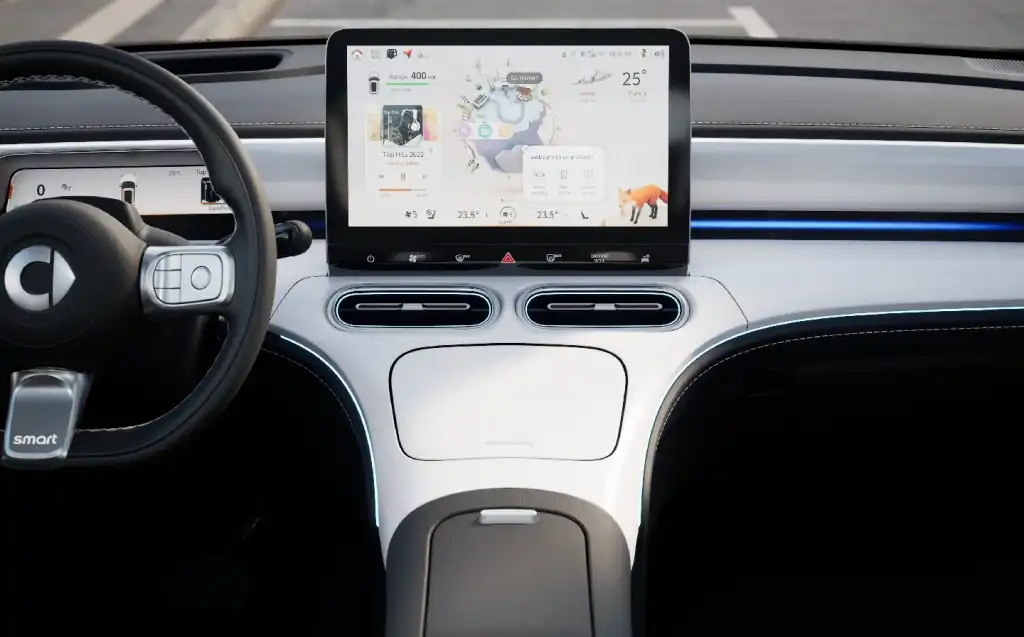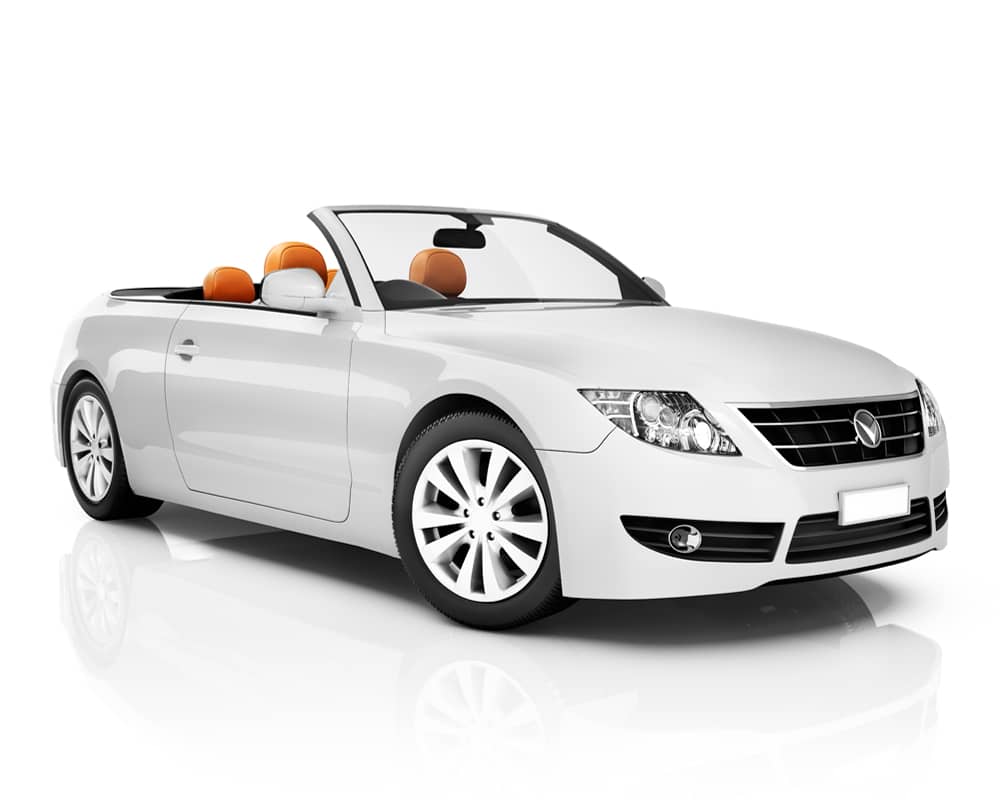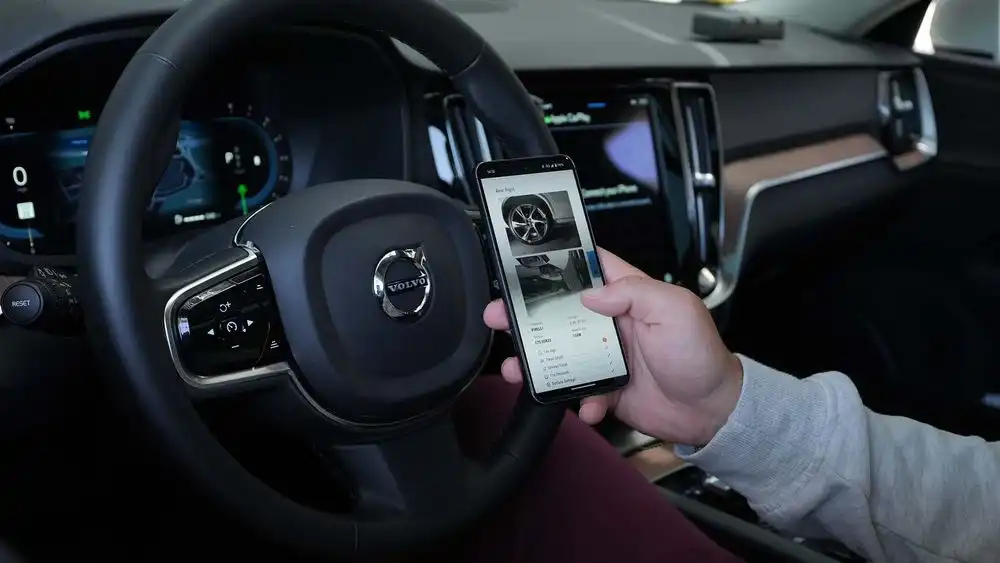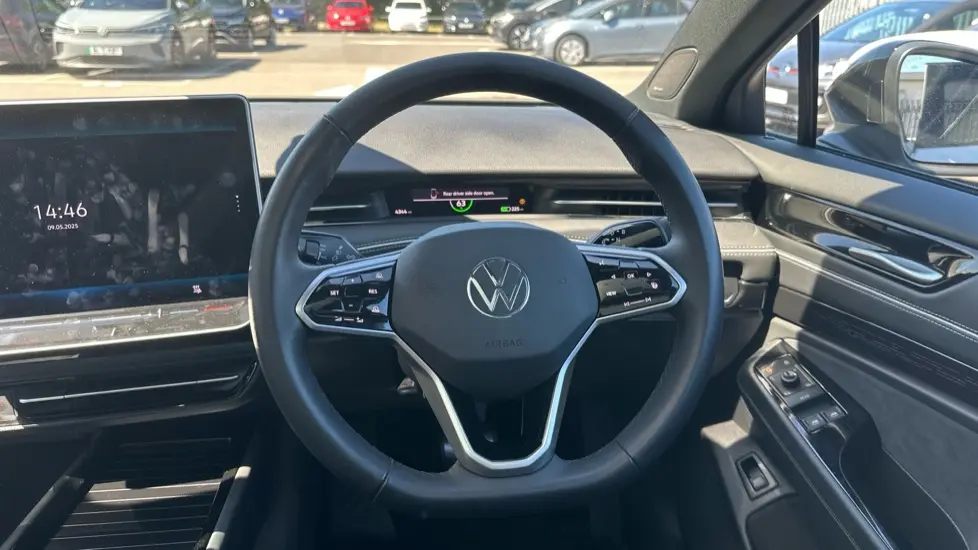The world of automobiles has come a long way since the days of basic, gas-powered engines and manual transmissions. Today, the car industry is undergoing a massive transformation, driven largely by the integration of smart technology and connectivity. Smart cars—vehicles equipped with advanced electronics, sensors, and internet connectivity—are no longer just a futuristic concept; they are rapidly becoming a part of our everyday lives.
In this blog, we’ll explore how connectivity is reshaping the driving experience, from enhanced safety features to in-car entertainment, and what it means for the future of transportation.
What Are Smart Cars?
A smart car is any vehicle that features internet connectivity, advanced sensors, and onboard computer systems designed to improve the driving experience. These cars are able to communicate with other vehicles, infrastructure, and even drivers themselves to offer smarter, more efficient driving.
The connectivity of smart cars extends far beyond simple Bluetooth-enabled audio systems or navigation apps. It encompasses everything from real-time traffic updates to advanced safety features like automatic emergency braking. With these vehicles, the concept of the “connected car” is no longer limited to just having a smartphone sync with your vehicle—it’s about making the car itself smarter and more integrated into the digital world.
1. Enhanced Safety Features: Making Driving Safer Than Ever
One of the most significant benefits of connected smart cars is the improvement in safety. Thanks to advanced connectivity, cars are equipped with driver-assistance systems (ADAS) that help prevent accidents and keep drivers and passengers safer on the road.
-
Adaptive Cruise Control (ACC): ACC uses sensors to maintain a safe distance from the vehicle ahead, automatically adjusting the car’s speed to match traffic conditions. This feature not only makes long drives more convenient but also helps reduce the risk of rear-end collisions.
-
Automatic Emergency Braking (AEB): In case of an imminent collision, AEB systems can detect objects in the car’s path and automatically apply the brakes to avoid or mitigate a crash.
-
Lane Departure Warning (LDW) and Lane-Keeping Assist: These features alert drivers if they unintentionally drift out of their lane and can even steer the vehicle back into its lane if necessary.
-
Vehicle-to-Vehicle (V2V) Communication: V2V communication allows vehicles to communicate with each other, providing warnings about accidents, traffic, or dangerous driving conditions. This can help prevent accidents and enable smoother traffic flow.
These advanced safety technologies, powered by connectivity, have the potential to reduce traffic accidents and make roads significantly safer in the future.
2. Real-Time Traffic and Navigation Updates
Gone are the days of relying on paper maps or outdated GPS systems. With smart cars, real-time traffic and navigation updates have become an essential part of the driving experience. Through seamless integration with smartphone apps like Google Maps or Apple CarPlay, your car can provide live updates on road conditions, traffic congestion, and accidents.
-
Real-time Traffic Monitoring: Connected cars can access traffic information instantly, adjusting your route if a better path is available. This helps avoid traffic jams, road closures, and accidents, making travel more efficient and less stressful.
-
Dynamic Route Planning: Your car can dynamically adjust your route based on real-time data, ensuring the fastest and most efficient journey. If there’s a slowdown ahead, the car can reroute you around it.
-
Parking Assistance: Smart cars can also help you find parking spaces by showing available spots in real-time, whether it’s in a crowded city center or a popular shopping mall. Some vehicles even offer features that help you park automatically, taking the stress out of tight parking spaces.
3. In-Car Connectivity: Entertainment and Convenience
Connectivity in smart cars isn’t just about safety and navigation—it’s also transforming in-car entertainment and convenience. Modern cars come equipped with high-speed internet access, making it possible to stream music, videos, and even access the web while on the road.
-
Wi-Fi Hotspot: Many smart cars are equipped with built-in Wi-Fi hotspots that allow passengers to stay connected, stream their favorite shows, or even work while on the go. This is particularly useful for families or people who spend a lot of time traveling for work.
-
Voice Assistants: Virtual assistants like Amazon Alexa, Google Assistant, and Apple Siri are now integrated into many vehicles. With simple voice commands, you can control music, navigation, climate, and even send text messages hands-free. This not only makes the driving experience more enjoyable but also safer by reducing distractions.
-
Smartphone Integration: Features like Apple CarPlay and Android Auto allow drivers to seamlessly integrate their smartphones with the car’s infotainment system. This gives drivers easy access to their favorite apps, music, and contacts without needing to take their hands off the wheel.
-
Entertainment on the Go: Long drives no longer have to be boring. Passengers can enjoy internet-based entertainment like video streaming services, games, or even social media, making the journey more enjoyable for everyone on board.
4. Over-the-Air (OTA) Updates: Always Improving
Smart cars are capable of receiving over-the-air (OTA) updates, which means that just like your smartphone or computer, your car can get software updates without having to go to the dealership.
This has major advantages:
-
Improved Features: OTA updates can add new features or improve existing ones. For instance, a car’s infotainment system might get a software upgrade, or new driver-assistance features could be added, improving the overall driving experience.
-
Bug Fixes: Just like any other piece of technology, cars may occasionally have software bugs or glitches. With OTA updates, car manufacturers can quickly fix these issues remotely, saving time and money for both manufacturers and drivers.
-
Security Enhancements: As vehicles become more connected, ensuring cybersecurity is crucial. Regular OTA updates help keep the vehicle’s software up-to-date with the latest security patches, making your car less vulnerable to hacking or malicious attacks.
5. The Road to Autonomous Driving
The future of smart cars is undeniably tied to the evolution of autonomous driving technology. While fully self-driving cars are not yet common on the road, connectivity is a crucial component in their development. Smart cars already feature semi-autonomous features such as lane-centering, adaptive cruise control, and automated parking, but they are quickly evolving into fully autonomous vehicles.
-
Vehicle-to-Infrastructure (V2I) Communication: In the future, smart cars will be able to communicate with road infrastructure, such as traffic lights, stop signs, and even highway signs. This could allow cars to drive autonomously in more complex environments, ensuring smoother and safer traffic flows.
-
Vehicle-to-Pedestrian (V2P) Communication: Connectivity between vehicles and pedestrians is another possibility that could make self-driving cars safer. Imagine a car receiving data from a smartphone app worn by pedestrians to prevent accidents at crosswalks.
Although fully autonomous driving still has hurdles to overcome, smart car technology is laying the foundation for a future where human drivers may no longer be necessary.
Conclusion
The rise of smart cars is revolutionizing the way we drive, offering more safety, convenience, and connectivity than ever before. From real-time traffic updates and advanced driver-assistance systems to in-car entertainment and the promise of autonomous driving, connectivity is shaping the future of automobiles in profound ways.
As technology continues to advance, the line between human-driven and self-driven cars will continue to blur, making the roads safer and the driving experience more enjoyable. Whether you’re interested in smarter navigation, hands-free entertainment, or futuristic autonomous driving, the connected car is the key to a new era of transportation.
Stay tuned, as the future of driving is already here—and it’s connected.
